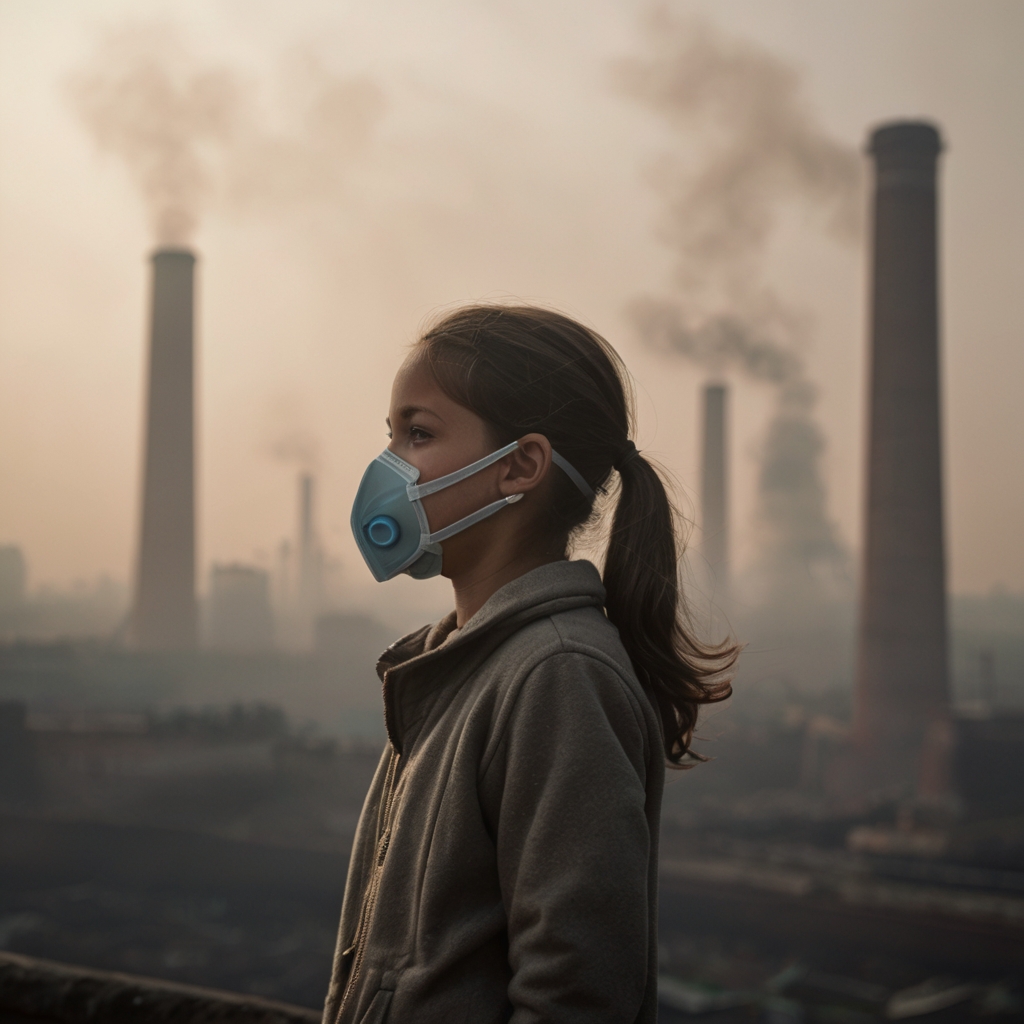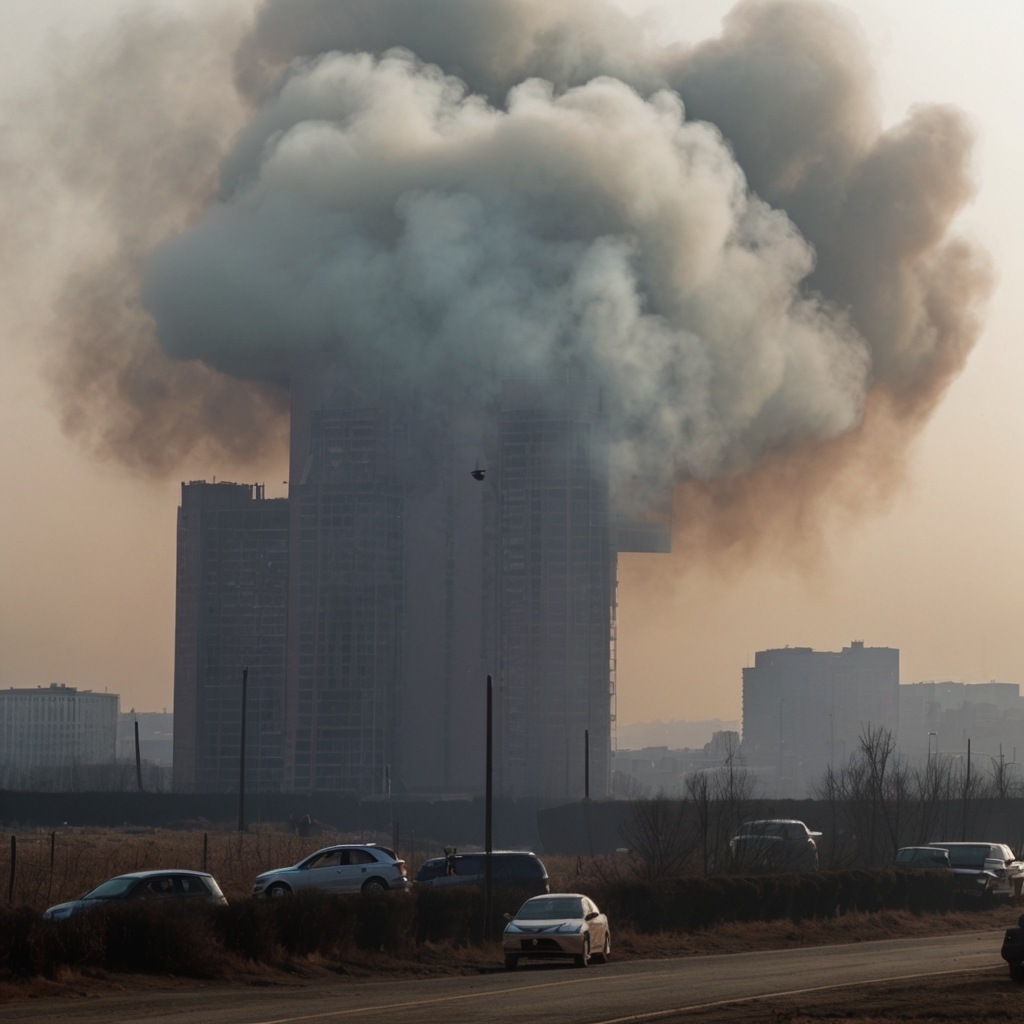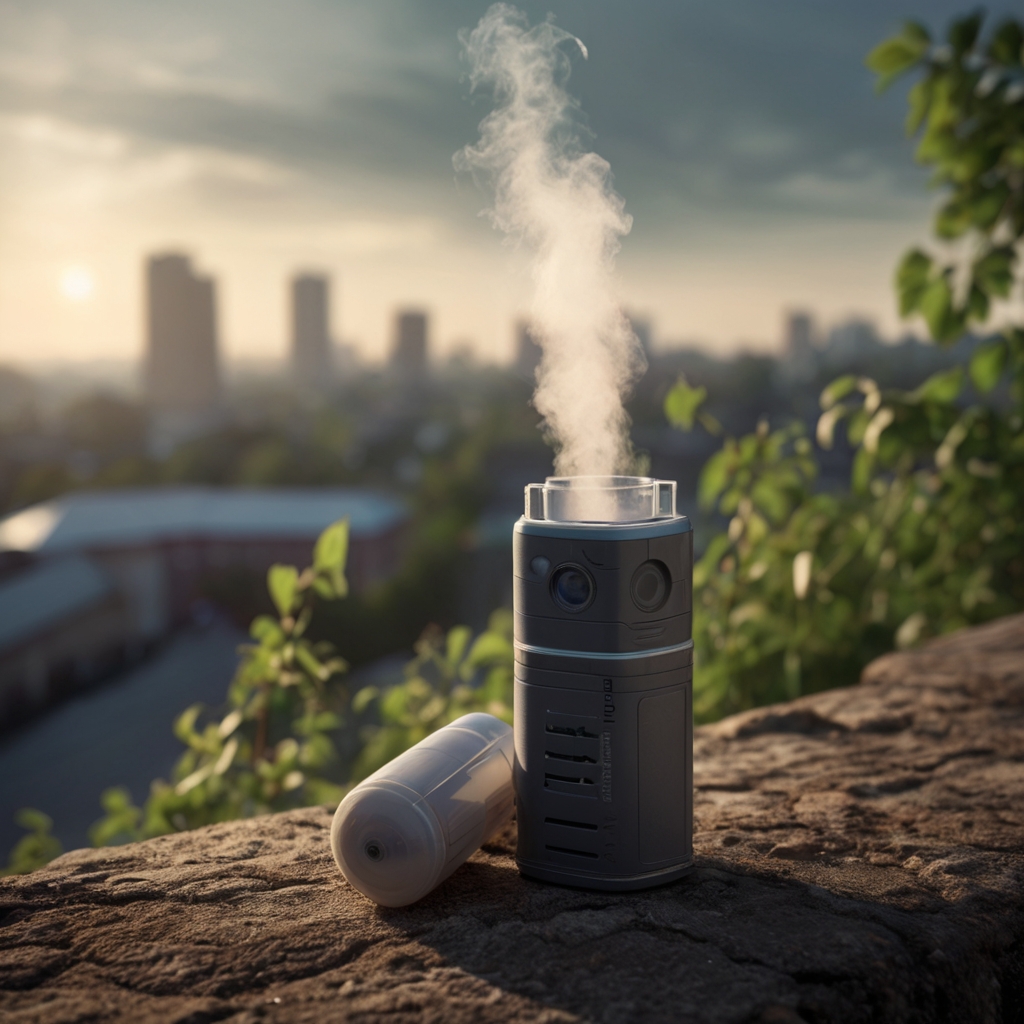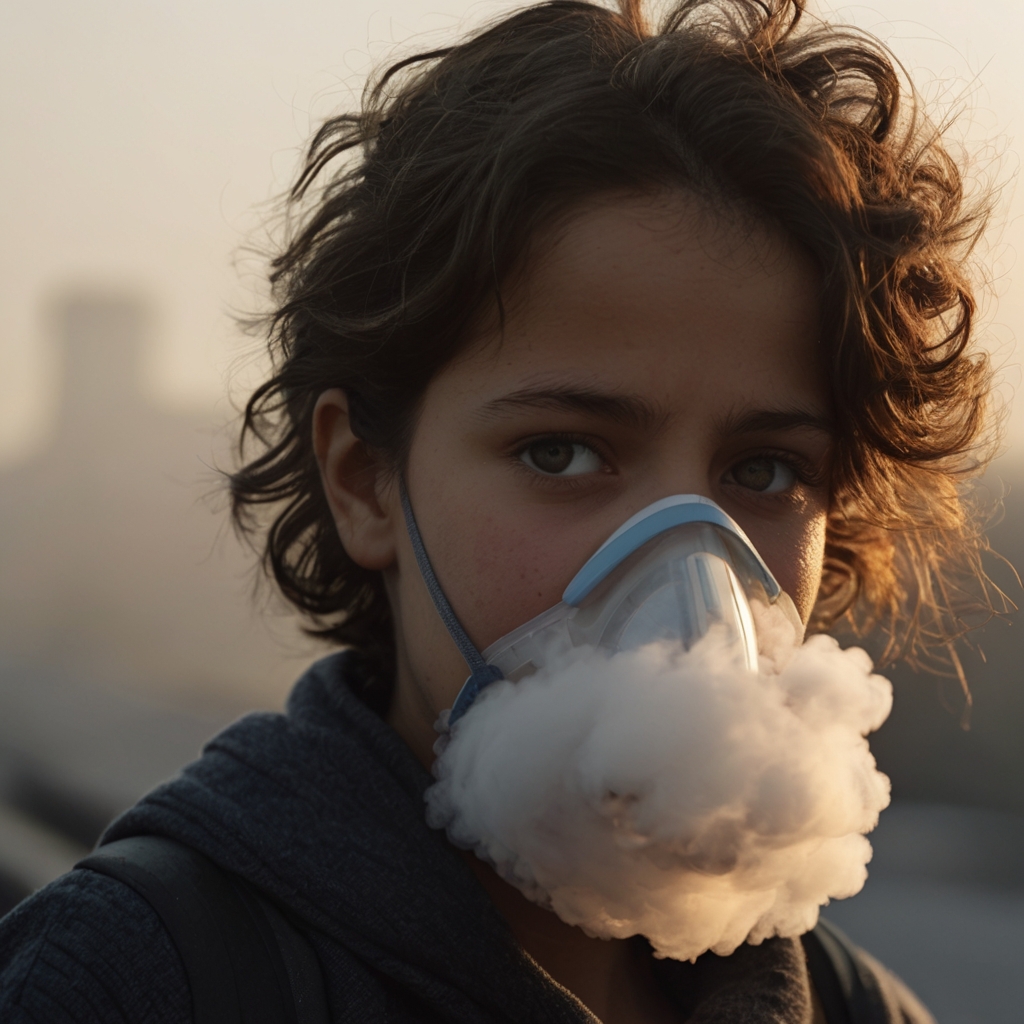Asthma rates have been rising globally, especially in urban and industrialized regions with high pollution levels. Research consistently shows a strong link between air pollution and asthma prevalence, severity, and exacerbations. But why exactly does pollution trigger asthma, and what can be done to reduce the risks?
In this article, we’ll explore:
✔ The connection between air pollution and asthma
✔ Key pollutants that worsen respiratory health
✔ How pollution triggers asthma symptoms
✔ Vulnerable populations most at risk
✔ Ways to reduce exposure and protect lung health

The Link Between Air Pollution and Asthma
Asthma is a chronic inflammatory disease of the airways, causing wheezing, breathlessness, and coughing. While genetics play a role, environmental factors—especially air pollution—are major contributors to asthma development and attacks.
Studies show that people living in highly polluted areas have:
- Higher asthma rates – Children in cities with heavy traffic pollution are more likely to develop asthma.
- More severe symptoms – Pollutants irritate airways, increasing inflammation and sensitivity.
- Increased hospitalizations – Asthma attacks spike on high-pollution days.
The World Health Organization (WHO) estimates that 4.2 million premature deaths yearly are linked to outdoor air pollution, with asthma being one of the most common conditions worsened by poor air quality.

Key Pollutants That Trigger Asthma
Not all pollutants affect asthma equally. The most harmful include:
1. Particulate Matter (PM2.5 & PM10)
- Tiny particles from vehicle exhaust, industrial emissions, and wildfires.
- Penetrate deep into lungs, causing inflammation and airway constriction.
2. Nitrogen Dioxide (NO₂)
- A traffic-related pollutant from burning fossil fuels.
- Weakens lung function and increases asthma attacks.
3. Ozone (O₃)
- Forms when sunlight reacts with vehicle emissions.
- Irritates airways, triggering coughing and chest tightness.
4. Sulfur Dioxide (SO₂)
Causes bronchoconstriction, making breathing difficult.
Released from burning coal and industrial processes.

How Air Pollution Worsens Asthma
Pollutants harm respiratory health in several ways:
🔹 Inflammation & Irritation
- Pollutants trigger immune responses, leading to chronic airway inflammation.
🔹 Oxidative Stress
- Toxic particles generate free radicals, damaging lung tissue over time.
🔹 Increased Sensitivity
- Polluted air makes airways hyper-reactive to allergens like pollen and dust.
🔹 Reduced Lung Function
- Long-term exposure can stunt lung growth in children, increasing asthma risk.

Who Is Most at Risk?
While pollution affects everyone, certain groups are more vulnerable:
- Children – Developing lungs are more susceptible to damage.
- Elderly – Weaker immune systems struggle with pollution-induced stress.
- Low-income communities are often located near highways and industrial zones.
- Outdoor workers – Higher exposure to traffic and industrial fumes.
How to Reduce Asthma Risks in Polluted Areas
While avoiding pollution entirely is difficult, these steps can help:
✅ Monitor Air Quality
- Use apps like AirVisual or BreezoMeter to check pollution levels daily.
✅ Stay Indoors on High-Pollution Days
- Limit outdoor activities when PM2.5 or ozone levels are high.
✅ Use Air Purifiers
- HEPA filters can reduce indoor pollutants.
✅ Wear Masks Outdoors
- N95 masks help block harmful particles in heavily polluted areas.
✅ Advocate for Cleaner Air Policies
- Support regulations on vehicle emissions, industrial pollution, and green urban planning.

Conclusion
Air pollution is a major driver of asthma cases worldwide, especially in urban and industrial regions. Toxic pollutants like PM2.5, NO₂, and ozone inflame airways, worsen symptoms, and increase hospitalization rates. Children, the elderly, and low-income communities face the highest risks.
While individual actions like using air purifiers and masks help, long-term solutions require stricter pollution controls and cleaner energy policies. By reducing emissions, we can lower asthma rates and improve respiratory health for future generations.

FAQs
1. Can moving to a less polluted area improve asthma?
Yes—studies show asthma symptoms often improve when people relocate to cleaner environments.
2. Does indoor air pollution also worsen asthma?
Yes, secondhand smoke, mold, and chemical cleaners can trigger asthma just like outdoor pollution.
3. Which cities have the highest asthma rates due to pollution?
Cities like Delhi, Beijing, Los Angeles, and Mexico City report high asthma cases linked to poor air quality.
4. Can air pollution cause asthma in healthy people?
Yes, long-term exposure increases the risk of developing asthma, even in those without prior symptoms.
Finally Revealed: 100 Y.O. Device Makes Solar Panels Obsolete
Hi,
My name is Kevin Johnson,
And in this short and controversial video… I will reveal the disturbing truth about one of the world’s most brilliant inventors of all history…
…and the shocking evidence that over a century ago, this man from Philadelphia made the most important discovery of all time… a device so POWERFUL that it was meant to change the energy world forever. Read more, click here





